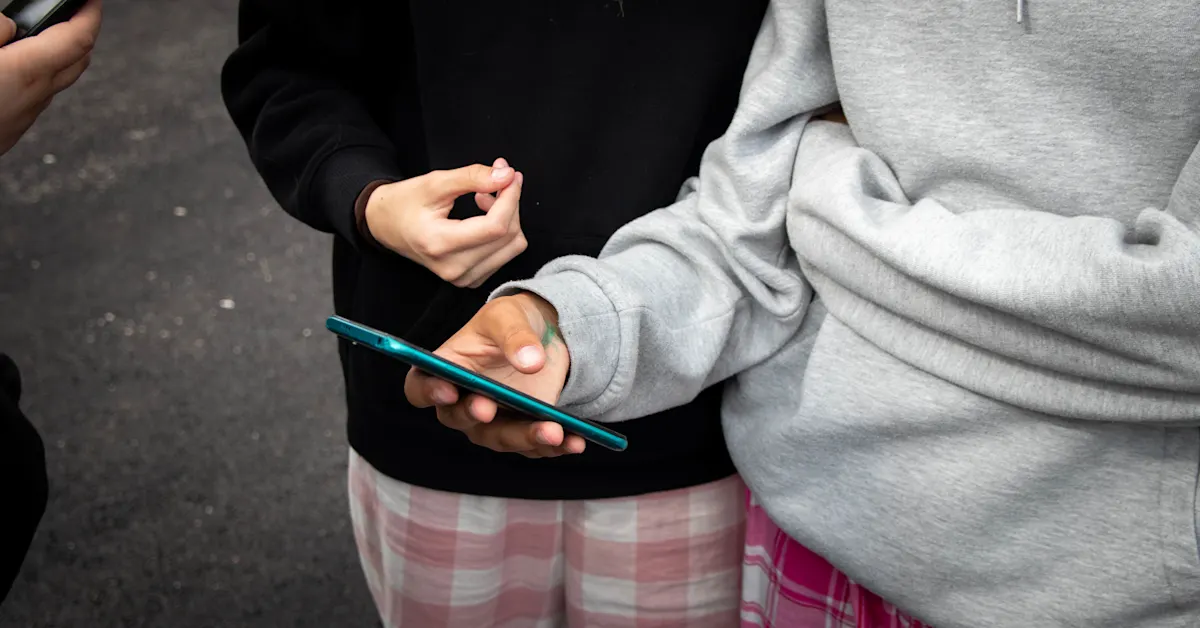
About one in five children has experienced sexual violence online, according to the latest survey published by Save the Children Finland.
The survey found that 33 percent of girls, 20 percent of other genders and eight percent of boys had experienced sexual violence.
The most common form of online sexual abuse was receiving sexually suggestive messages from an adult, though other forms — such as requests to perform sexual acts on video — were also reported.
The survey found that one in three children had been contacted online by an adult or someone at least five years older, and of these, over half experienced sexual violence. According to the survey, messages from adults turn sexual in nature most often within an hour.
The Finnish chapter of the global Save the Children organisation surveyed 4,106 children aged 11–17 in February-March 2025 about their experiences with sexual messaging and sexual abuse among peers, as well as adults.
Need for digital safety skills
The survey found that children seldom report their experiences, partly because the incidents are distressing and also because they seem all too common.
More than half of the respondents had not reported the sexual abuse they encountered online. The organisation notes that children usually confide in a friend.
The child rights organisation operates a Finnish hotline called Nettivihje, a tip service where anyone can report suspected material or activity related to online sexual violence or abuse against children.
“At Nettivihje, we see how even elementary school children and younger children are subjected to sexual violence. Strangers can approach children even when they appear to be safe in their own homes. All it takes is for the child to have access to the internet,” says Heidi Näppi, Development Manager at Nettivihje.
The organisation emphasises that digital safety skills and sexual education should be targeted at increasingly younger children and their parents. Responsibility for preventing sexual violence also lies with online platforms, according to Save the Children.



